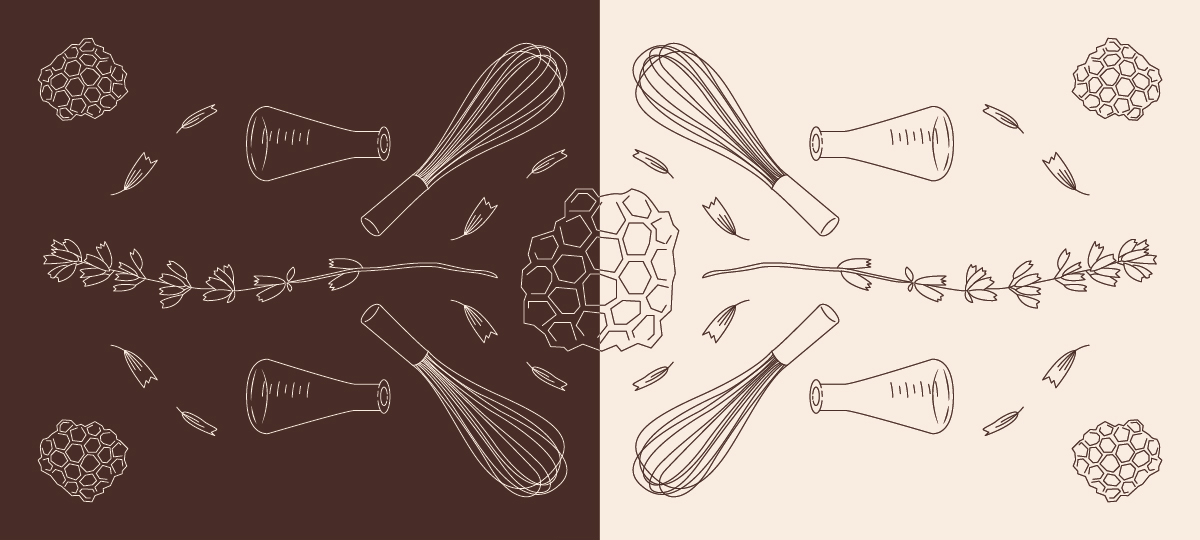A salve isn’t something most people have in their skin care toolkits, but sometimes in their first-aid kits (Polysporin anyone?). A salve is an ointment that is typically used to promote the healing of skin, or to use as a protective barrier. In manufactured salves, you’ll always have the active ingredients added in like Bacitracin Zinc and Polymyxin B Sulfate as examples – both of which are first aid antibiotics, but the base is usually always petrolatum (aka petroleum jelly – gross).
Petrolatum is a petrochemical derived from crude oil, and runs the risk of being contaminated with polycyclic aromatic hydrocarbons (PAHs); possible human carcinogens found in crude oil and its byproducts. Petrolatum is labeled as a low to moderate hazard, but with the potential for contamination from PAHs, it becomes high risk. You can find petrolatum in lotions, lipsticks, and even some baby products.
Using this ingredient actually does the opposite of any hydrating or moisturizing benefits that it’s widely claimed to have. It works as a seal to lock moisture in the skin, but it doesn’t ADD anything. At this point, you might as well use real, organic ingredients that will provide the benefits you want, and need.
I make my own basic salve with literally three ingredients, (or five if you want some extra oomph) and I honestly just have two jars depending on the purpose. I use the basic salve strictly for any dry, cracked skin, a barrier for windburn, and even as body moisturizer (imagine applying after shaving – so sleek). The other jar contains essential oils that have anti-inflammatory, anti-microbial, and analgesic properties that are great for minor cuts, scrapes and burns.
Basic Salve;
¼ cup Organic Coconut Oil
¼ cup Unrefined Shea Butter
1 Tbsp Beeswax
Additional;
4 drops Lavender (Lavandula angustifolia)
4 drops Tea Tree (Melaleuca alternifolia)
1. Add the ingredients (not the essential oils) in a heat safe bowl, melting them in a double broiler method.
2. Once melted, take off the heat (at this point you add the essential oils if you’d like) and pour into a preferred glass container.
3. Let it solidify at room temperature or speed it up in the fridge and you’re done! It’s that easy!
Watch for my video this weekend on a tutorial!
Give The Honesty Policy a follow on Facebook at @thehonestypolicyca and on Instagram at @thehonestypolicyca . Here you can watch my tutorials and read condensed versions of my blog posts!

Subscribe to our newsletter!
The medical information on this site is provided as an information resource only, and is not to be used or substituted for any diagnostic or treatment purposes. The information we provide is for general use. Always seek the guidance of your doctor or other qualified health professional before making any medical decisions.
If you think you may have a medical emergency, call your doctor, go to the nearest hospital emergency department, or call the emergency services immediately. If you choose to rely on any information provided by The Honesty Policy, you do so solely at your own risk.
